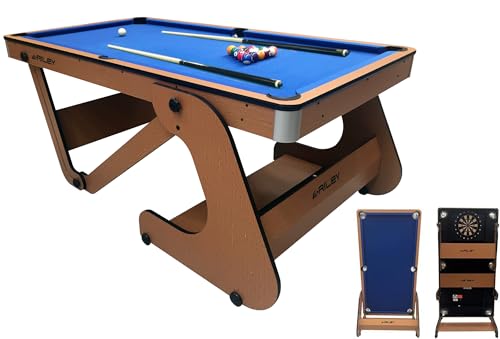The Importance of Snooker Table Dimensions
Snooker is a popular cue sport that is played on a rectangular table covered with a green baize cloth. It is a game that requires precision and skill, and the dimensions of the snooker table play a crucial role in determining the quality of the game. In order to maintain fairness and consistency in the game, there are regulations that govern the size and dimensions of a snooker table.
The Standard Dimensions
The World Professional Billiards and Snooker Association (WPBSA), which is the governing body for professional snooker, has set the standard dimensions for a snooker table. According to the WPBSA, a snooker table must measure 12 feet by 6 feet, with an aspect ratio of 2:1. The playing surface of the table should be made from a high-quality slate and covered with a smooth and tightly stretched baize cloth.
The height of the table from the ground to the top of the cushion rail should be between 34 inches and 36 inches. The height of the cushion rail should be between 1.47 inches and 1.57 inches. The distance between the cushion rails should measure 52.5 inches, and the total playing area should not be less than 140 inches by 70 inches.
Benefits of Standard Dimensions
The standard dimensions of a snooker table have several benefits. Firstly, they ensure fairness in the game by providing a level playing field for all players. When the table is of the correct dimensions, it ensures that the pocket openings are uniform and the balls react predictably when struck, allowing players to fully utilize their skills and strategies.
Secondly, the standard dimensions make it easier for players to adapt to different playing conditions. By practicing on a table that meets the standard dimensions, players can develop muscle memory and precision, which can help them perform better in tournaments and competitions held in different venues.
Lastly, the standard dimensions also contribute to the overall aesthetics of the game. A well-maintained table that meets the standard dimensions adds to the professionalism and prestige of the sport. It creates a visually pleasing experience for both players and spectators, enhancing the overall enjoyment of the game.
Regulations for Competitive Play
In addition to the standard dimensions, there are also specific regulations for competitive play. The WPBSA has outlined rules regarding the placement of the D, the baulk line, and the position of the colors on the table. These regulations are aimed at maintaining consistency in the game and ensuring that all players have an equal opportunity to showcase their skills.
The D, which is marked in white on the playing surface, is the starting point for a snooker game. The WPBSA specifies that the straight line connecting the apex of the D to the middle of the opposite cushion should measure 29.5 inches. This ensures that the D is positioned correctly and allows for a fair break-off shot.
The baulk line, which marks the boundary between the baulk area and the rest of the table, should be 29 inches from the face of the bottom cushion. The baulk area is the region from the baulk line to the top cushion and is used for certain shots in the game, such as the break-off shot.
The regulations also dictate the position of the colors on the table. The brown ball should be placed at the apex of the triangle, with the blue ball in the middle of the table, and the remaining colors arranged in a specific order along the table’s center line.
Snooker table dimensions play a significant role in the fairness and quality of the game. The standard dimensions set by the WPBSA ensure that all players have an equal opportunity to showcase their skills, while the regulations for competitive play maintain consistency and provide a level playing field. By adhering to these dimensions and regulations, snooker players can enjoy a fair and visually pleasing game.






